Introduction
Think of the most captivating eyes you’ve seen—perhaps that mesmerizing smoky look, or the bold, dramatic lines that draw you in. That effect probably originated from kohl, a cosmetic with a long history. But beneath its historic sheen hides a modern concern. Traditional kohl may contain hazardous chemicals, such as lead, posing hidden health risks. Stick with me—I’m going to guide you through the past, the perils, the trendy revival, and how to choose lead-free kohl that’s both beautiful and safe.
The Cultural Roots of Kohl: A Journey Through Time
Ancient Civilizations: Kohl’s story begins over 5,000 years ago in ancient Egypt, Mesopotamia, and the Indus Valley. It was thought to repel disease, appear divine, and even ward off evil spirits. Cleopatra’s iconic liner? Likely a mix of galena and soot—early kohl makeup in its finest form.
1-Transition Through the Middle Ages
Transition Kohl’s reach grew with trade routes. It gained medicinal status in medieval Islamic societies, where doctors advised applying antimony or lead-based kohl to soothe the eyes. Women, men, even children wore it—not just for fashion, but for perceived health benefits.
2-Kohl in Contemporary Cultural Events
Today, kohl makeup remains popular in cultural weddings, religious rituals, and everyday wear across South Asia and the Middle East. But whether it’s part of tradition or beauty, the question remains—at what cost?
3-Uses in Spirituality, Medicine, and Symbolism
Kohl has historically been referred to as “liquid silver” or “eye medicine.” It stood for safety and purity. Yet, modern science challenges that belief—any benefit must be weighed against toxicity.
Composition of Kohl
Core Ingredients and Variations
Traditional what kohl could include:
-
Galena (lead sulfide)
- Antimony trisulfide burned almonds or charcoal, scented gums, oils, and herbs.
Antimony Kohl in Traditional vs. Modern Use
Known as antimony kohl, this version was seen as safer. Contemporary artisans still use it—but without proper testing, safety can’t be assumed.
Understanding Ingredients Containing Lead
Galena, “surma,” and “kajal” are common ingredients that frequently indicate the presence of lead. The likelihood of contamination increases with price and “traditional” products. Galena, Surma, and Kajal – What’s What?
1-Galena
a naturally occurring lead ore.
2-Surma/Kajal
cultural terms that don’t guarantee formulary safety.
3-How Processing Affects Safety
Refined, lab-tested formulas can cut contaminants. However, imported or homemade kohl frequently lacks oversight.
The Hidden Danger of Toxicology
Health Implications of Lead and Antimony Lead is a devastating neurotoxin. Children, especially, can suffer brain damage from exposure. Although less well-known, antimony has its own problems, including the potential for long-term organ damage and irritation of the respiratory system. Routes of Exposure
1-Using eyeliner close to the tear duct
Handling a product with fingers
Ingestion by accident, particularly by curious toddlers, Neurological, Developmental, and Systemic Effects
In children: lower IQ, behavioral problems, attention deficit
pregnant women: potential miscarriage or developmental issues in unborn babies
adults: fatigue, headaches, kidney damage, mood changes
Problems with Global Spread and Regulation Cross‑Border Cosmetics Trade
Exotic beauty practices are gaining popularity at the same rate as migration and global markets. Kohl travels easily—yet safety inspections don’t always.
What’s missing from first-world regulation? In the U.S., the FDA does not pre‑approve cosmetics; it only intervenes post‑marketing. In Europe, regulations are tighter, but imported products may slip through the cracks.
1-Labelling Claims and Consumer Deception
“Natural,” “herbal,” or even “lead-free kohl”—these labels can be misleading. Most of the time, claims are just marketing without kit testing. Kohl’s Return to Beauty: The Revival in Beauty Influence of Celebrities and Social Media. Instagram and TikTok are flooded with bold eyeliner looks inspired by Middle Eastern eyeliner artistry. Celebrities and beauty gurus showcase Kohl’s rich pigment and drama.
2-The Allure of Middle East Eyeliner Styles
Kohl creates eye expression that stands out, from sharp wings to smoky depths. The look transcends culture—it’s bold, artistic, and trendsetting.
3-Traditional Appeal Meets Modern Vanity
Many appreciate Kohl’s cultural history, mystique, and heritage. Just make sure it doesn’t put your health in danger. Safer Alternatives: Lead-Free Kohl’s Rise: What Is Lead-Free Kohl Made Of?
Safe modern formulations rely on:
- Charcoal’s carbon black, Iron oxides
- Mica or plant-based pigments
Mineral waxes
Without the use of heavy metals, these preserve color depth. Evaluating Safe Ingredients
It’s a good sign if the list of ingredients includes “mica,” “iron oxide,” or “carbon black,” but still look for certifications. Safety Marks and Certificates FDA-compliant
Compliance with EU safety (CE-marked) Dermatologist tested
Labels that are cruelty-free or hypoallergenic (a bonus, not a guarantee of safety) Smart Shopping for Kohl Makeup
Checklist for Consumer Security
Read the ingredients—avoid galena, unverified surma/kajal.
Look for safety stamps or ingredients lists naming safe minerals.
Examine the brand’s credibility, transparency, and lab testing.
1-Recognizing Warning Signs
Cheap, street-sold products labeled “authentic kajal”
Vague labels with no ingredient breakdown
Products with no online reviews or safety documentation
Trusted Brands and Where to Buy
2-Brands that prioritize safety include
- Alima Pure
- Physicians Formula
- Burt’s Bees
- Gabriel Cosmetics
These offer lead-free kohl with clear ingredient lists, consumer trust, and tested formulas.
Balancing Cultural Appreciation and Safety
Respecting Tradition—Without Risk
Kohl is deeply meaningful in many traditions. We don’t want that to go away. But we owe it to culture—and to ourselves—to ensure safety comes first.
Global Health Disparities in Cosmetic Safety
In many parts of the world, regulation is sparse. Education gaps mean people continue using contaminated products unknowingly. It’s a problem with public health that we can all help solve. Education, Advocacy, and Reform
Community health programs, influencer awareness, and advocacy groups are vital. Speak up, share knowledge, and push for better regulation.
1-Plans for the Future Innovations in Cosmetic Safety
Research in cosmetics is moving fast. We’re seeing:
Heavy metal-free pigments
End-of-shelf life tracking
Ingredient traceability using the blockchain
2- Awareness Campaigns and Community Outreach
Health NGOs and cultural groups are running awareness campaigns. The goal? Protect heritage while protecting eyes.
The Role of Beauty Influencers in Safe Practices
Influencers can be of assistance by promoting safe brands, challenging conventional wisdom, and promoting ingredient literacy. Your voice matters.
Conclusion
Kohl is a relic of cultural beauty—an ancient tradition that still captivates today. However, with that charm comes significant risk. It is all too easy to suffer unintended health effects from lead-laced products, to antimony kohl. That’s why we need lead-free kohl, clear labels, and better public awareness. Let’s preserve traditions while protecting our eyes.
Questions and Answers (FAQs):
1-Is every kohl harmful?
Not all traditional formulations can be hazardous if they contain lead or antimony. Make sure your kohl is lead-free as a rule.
2-How do I know if my eyeliner has lead in it?
Check the ingredients list—avoid unknown terms like “galena,” “surma,” or vague labels without safety certifications.
3- Is kohl contaminated with antimony?
Yes, in high doses. Products that have been tested and proven to be safe from antimony exposure are recommended.
4- Is conventional kohl safe?
Only if it’s professionally tested and properly labeled. Homemade or unregulated versions often lack quality control.
5-What are some reliable lead-free kohl brands?
Brands like Physici and Alima Pure
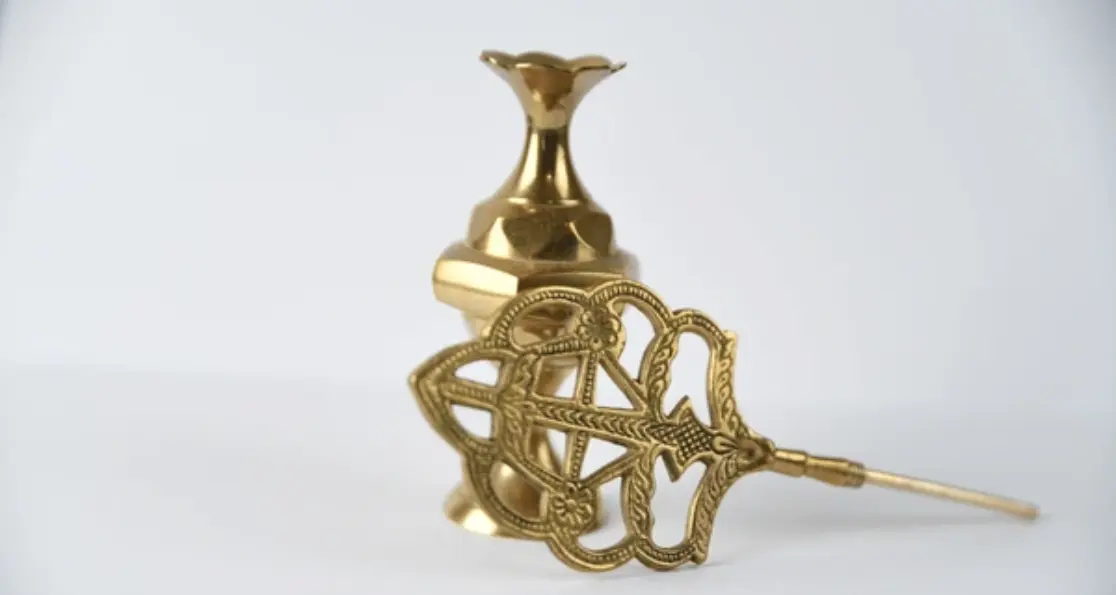
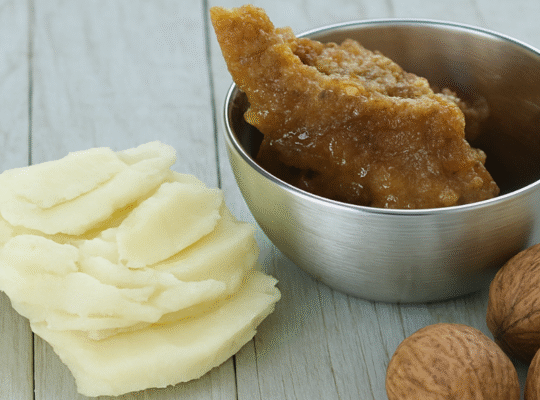
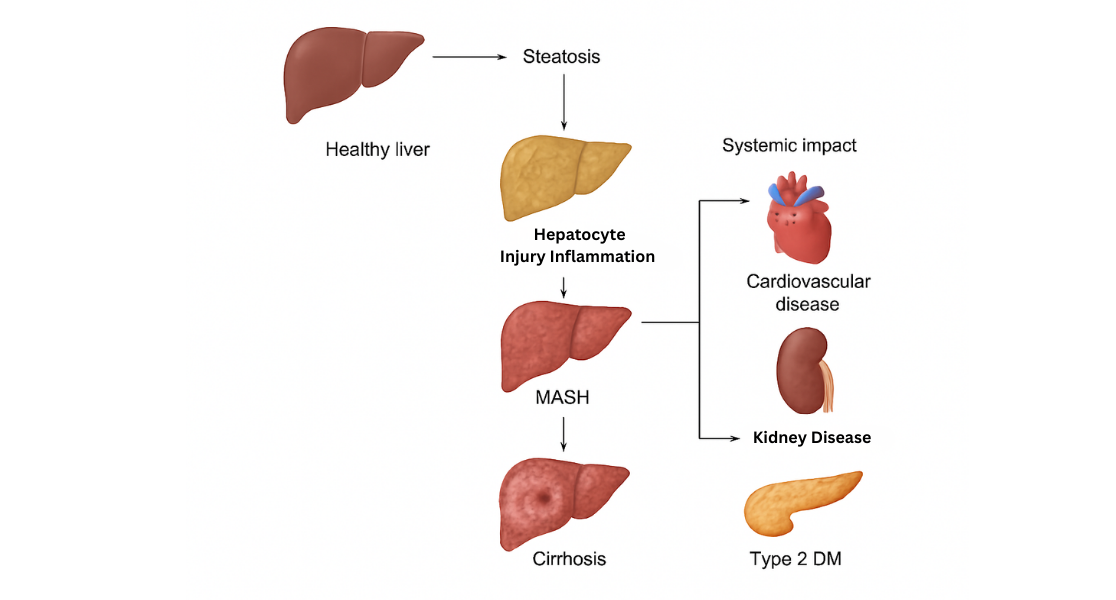

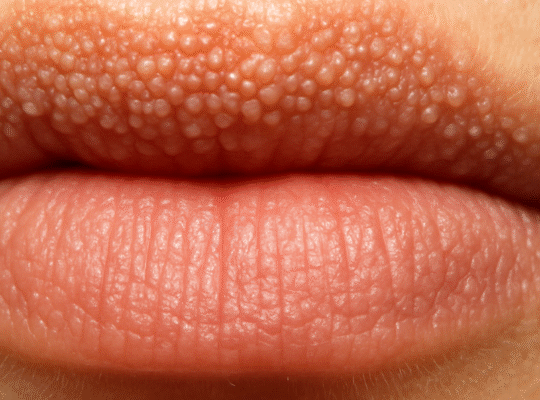

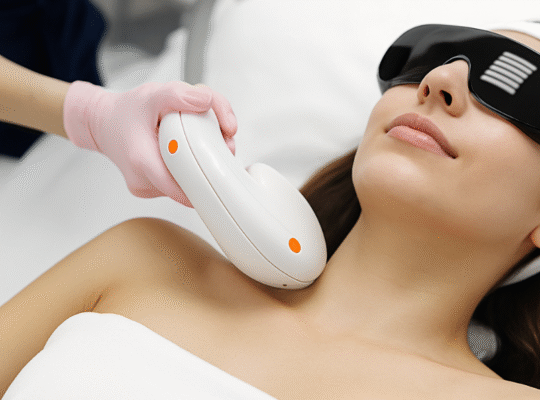




2 Comments